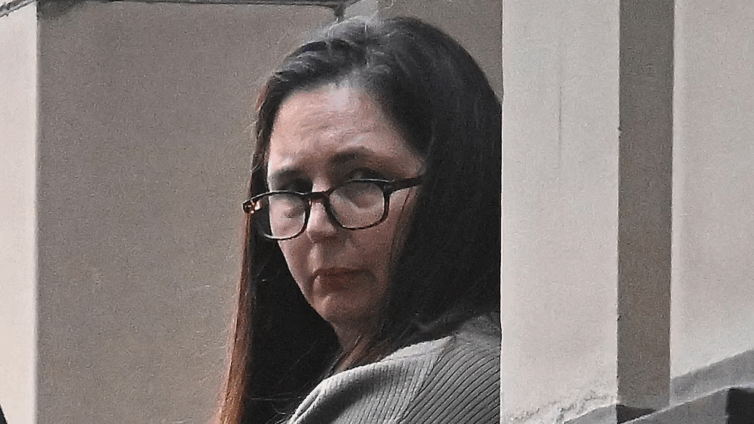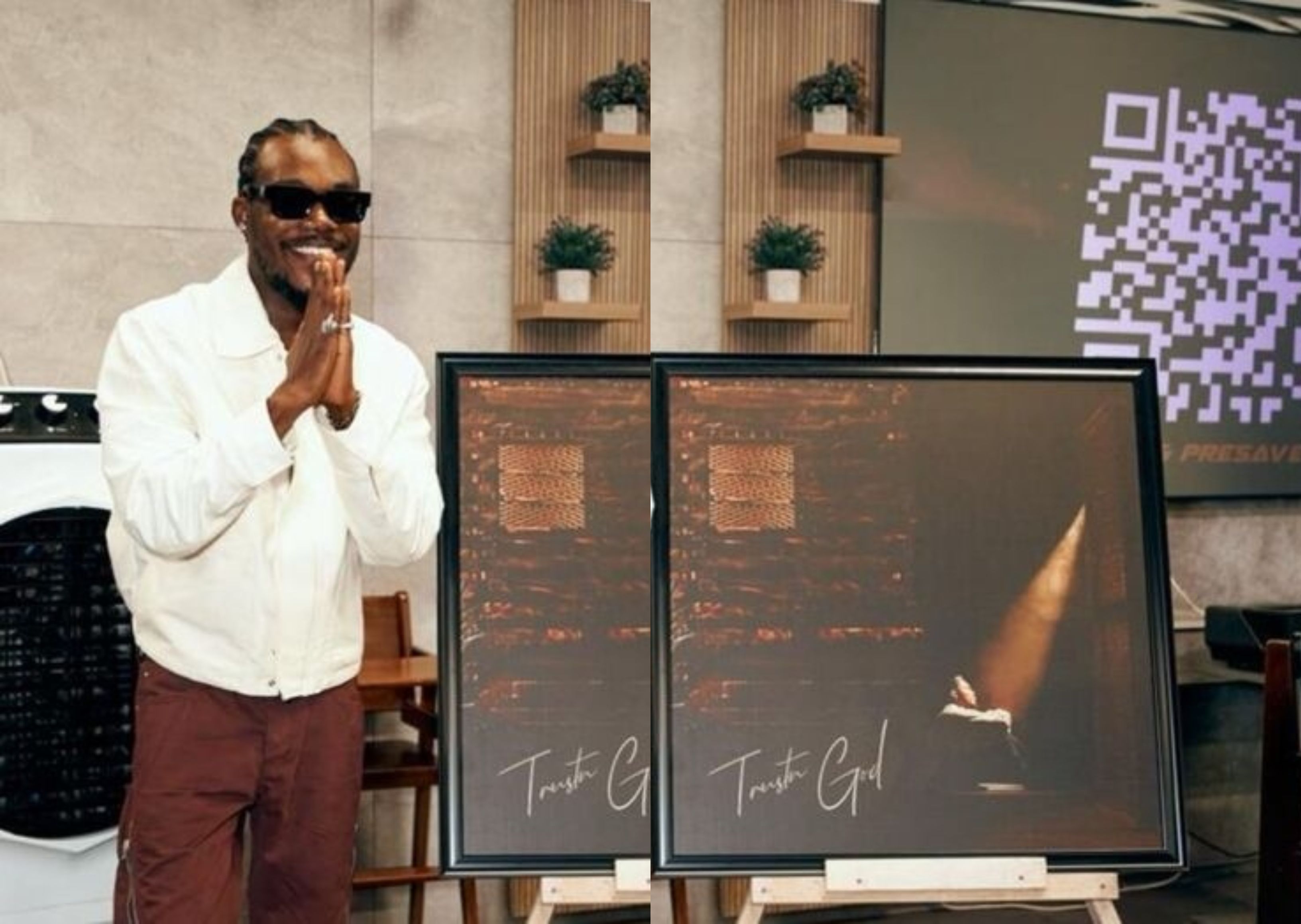Robert Longo: 'Mirrors with a Memory' | Interview on the occasion of his exhibition at the Louisiana Museum | Thaddaeus Ropac
On the brink of a potential economic war between the Old Continent and the United States, the context is a delicate one for an American artist opening an exhibition in Europe. All the more so when that artist, Robert Longo, marked the art of his era—at the turn of the 1980s—with one of its most iconic series: Men in the Cities. The striking setting of the Louisiana Museum in Humlebæk, just outside Copenhagen, is hosting, until August 31st and following its run at the Albertina in Vienna, a retrospective of his charcoal drawings. Curator Anders Kold has meticulously structured this body of work, spanning more than 40 years, offering viewers “mirrors with a memory,” to use Oliver Wendell Holmes’ expression about the daguerreotype. These large- scale drawings, with their hyperrealist appearance, rival both painting and photography, while also grappling with history itself. Here is a conversation with the artist.
What do your images have in common?
Firstly, they become all of the same size, because the medium itself dictates the size. I can only get paper a certain size, and I can only get plastic glass a certain size. So, I’m limited, and this size is the biggest I can make. Exhibitions are almost like seeing a movie, because as you move through the space, you actually experience it almost like a movie, which is also a bit like Instagram. I like the democracy in art, in the sense that you could read a picture however way you want to. And how many times have you seen your favorite movie versus how many times have you looked at your favorite painting? Art is more inviting in this sense, and for me, with regard to books, I have to go from the beginning to the end. You don’t just go to the middle of a book. But art, you can read it however you want. This freedom is very important to me. As a relationship with an image develops, when getting to look at it several times, several angles appear. Yes, it’s like a disco- very. The process of making my images is a combination of looking at the image and, for lack of a better word, something like voodoo. When you see a picture or a sculpture, you experience the making of it, which I find quite fascinating because you experience the actual time and energy that made that work. You are getting not only the imagery, but also other energies.
How do you find your images?
All the images are based upon photographic sources, but they are all highly altered. I’m trying to make the most perfect version of the images in that sense, so they are highly altered images. I am trying to make a mirror that has memory, and I like the fact that you think you have seen this picture before. And the closer you look, the more you see the hand in the work. Part of the gag is that people tend to remember photographically. I like that there is a distance, and once you cross a certain boundary, the work kind of falls apart and becomes very abstract, and you can actually see how it’s made.
Is abstraction something that interests you not only formally, but also through the image itself becoming abstract?
Barnett Newman thought that abstract expressionists were representational artists working abstractly. I’m an abstract artist working representationally. I think my work is actually very abstract. I studied paintings in Europe, and I remember going around the museums and seeing everybody making copies of Rembrandt and Caravaggio. American classical art is abstract expressionism. Redoing it almost became like forensics. I had to figure out how to do it, but at the same time I could really feel how it was made, the diffe- rent levels. That was kind of cool. (...)
You talk of your work as being political.
Is it, always, as all art is political, because it is about freedom of expression. My youngest son was trying to ask me “What does art do?” I said “Art doesn’t do anything.” Architecture is not art, design is not art, fashion design is not art. Art doesn’t do anything except be art. No function. It took him a while to understand. When he was very young, he said something which was quite beautiful: “What’s your style?” I said “I don’t
know.” He said “You are like that guy Lichtenberg, the guy who makes those paintings, the comics.”Isaid“Lichtenstein?”and then he said “Yes. You are to photography what Lichtenstein is to comics.” (...)







_1751880097.jpeg)



